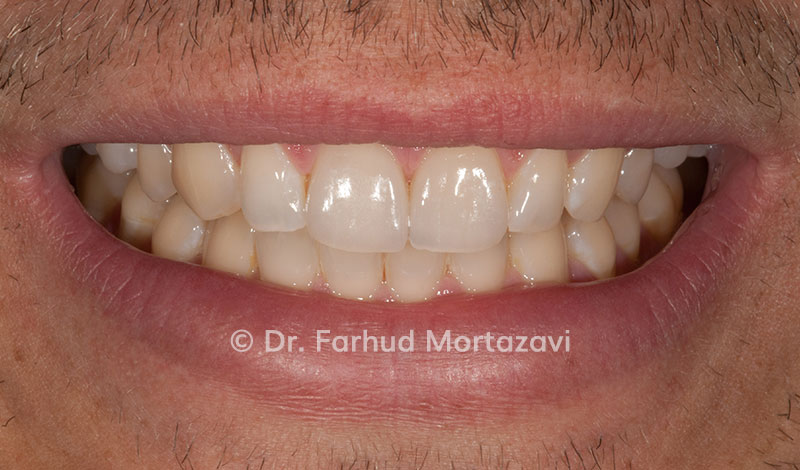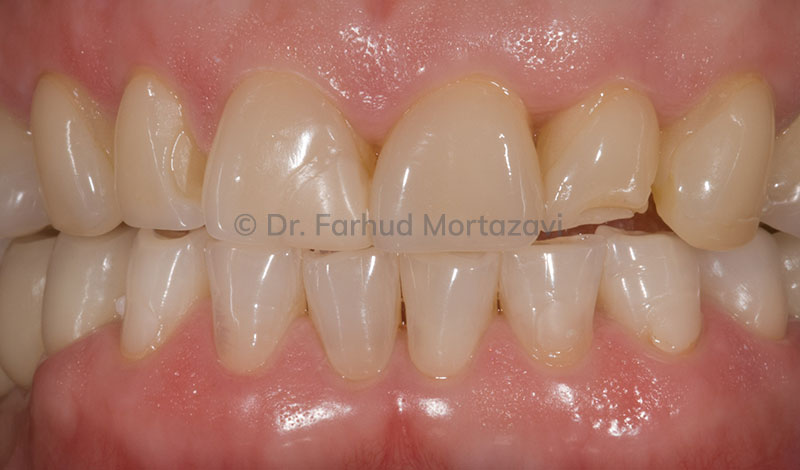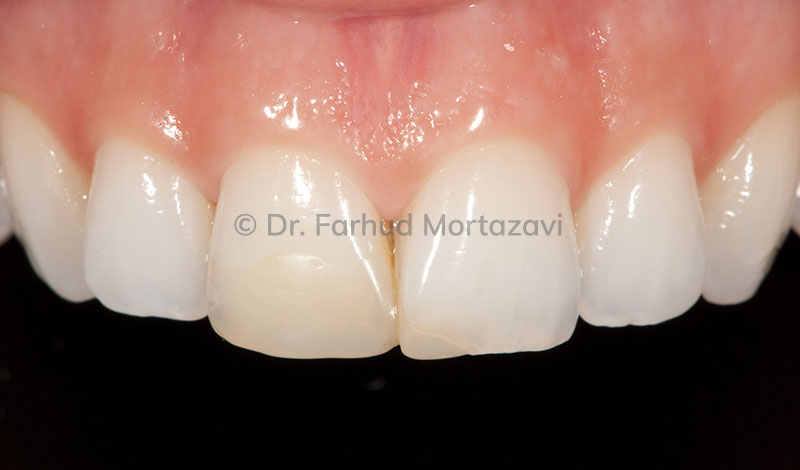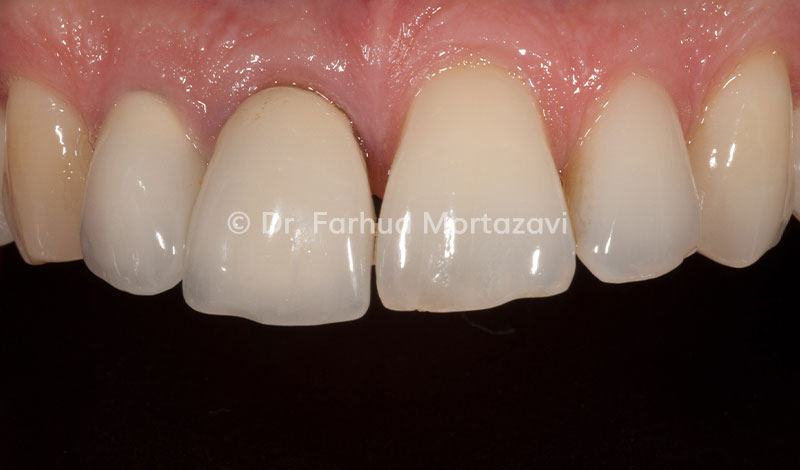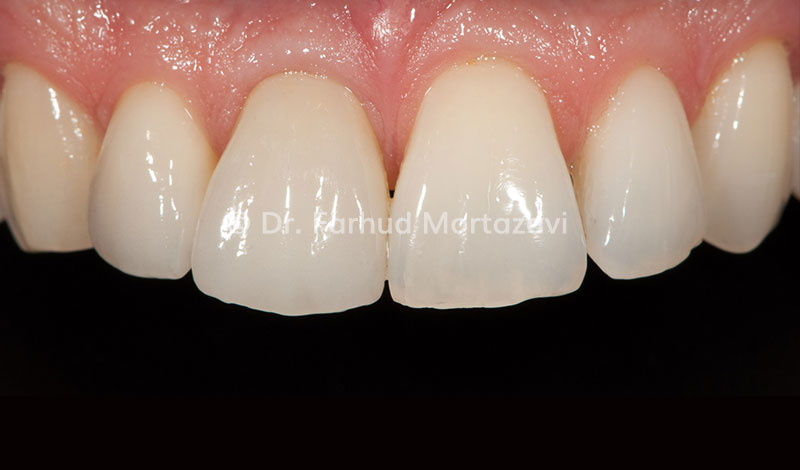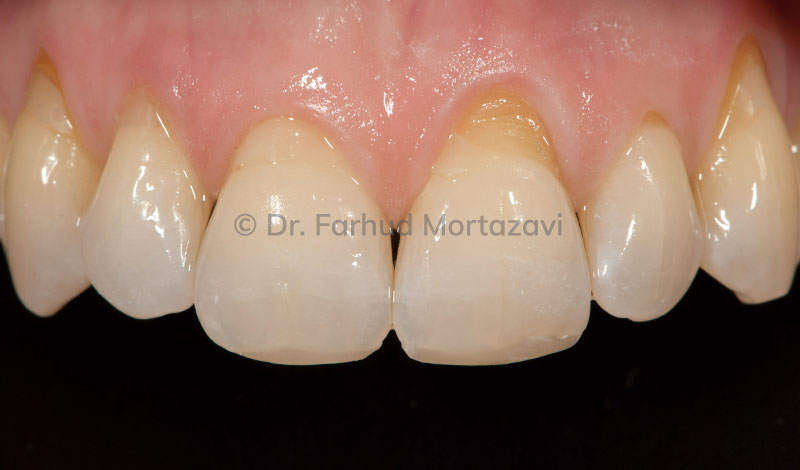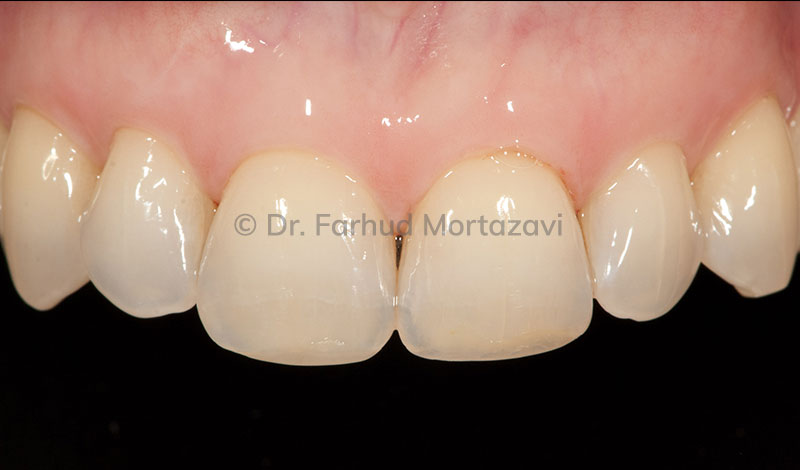BEAUTIFUL SMILE
In addition to lifelong dental health, a beautiful smile is a personal concern for us. For this reason, our work is also based on the highest aesthetic standards, regardless of whether it is the teeth themselves or the surrounding gums. Both contribute to a harmonious smile.
Transparent Aligners
Even in adulthood, malpositioned teeth can be corrected at any time. What is particularly nice is that today we can make use of invisible helpers. Transparent aligners are the magic word when it comes to invisible braces.
Invisalign is an advanced treatment method that uses clear, custom-fitted trays to gently and gradually move your teeth into the desired position. Unlike traditional braces, these trays are virtually invisible and offer an aesthetic alternative for people who do not want visible changes during their corrective treatment.
The Invisalign treatment begins with a thorough examination and scan of your teeth using a high-performance scanner. Conventional impressions are thus a thing of the past. We then create an individual treatment plan that is tailored specifically to your needs. Using the latest 3D imaging technology, a virtual model of your teeth is created, on the basis of which the transparent aligners are custom-made.
You will receive a series of aligners, which you will replace with a new one every one to two weeks. Each aligner is slightly different and helps to gently shift your teeth. Over time, your teeth will gradually reach their correct position until you achieve your perfect smile.
Invisalign offers many advantages over traditional braces. For one, the trays are nearly invisible, so you can have your treatment discreetly. A big advantage is that the aligners are removable. This means that you can easily remove them for eating and dental care. This makes oral hygiene much easier compared to fixed braces.
In addition, the aligners are made of transparent plastic, which makes them comfortable to wear. No wires or sharp edges that could potentially cause discomfort. Invisalign treatment allows you to improve your smile without it interfering with your daily life.
Don’t wait any longer to achieve your bright smile. Make an appointment at our dental office in Munich today and let Dr. Mortazavi advise you on Invisalign treatment.

Teeth whitening
There are many products and techniques available for patients who want to achieve a brighter smile, and with so many options available, it can be difficult to choose the method that is right for you. The best way to begin any teeth-whitening regimen is to schedule an appointment and talk to your doctor about the differences between in-office professional whitening and at-home whitening.
Veneers
Irregular tooth surfaces, teeth that are too far apart or too dark – there are many reasons why you want to beautify your own smile. So-called veneers (wafer-thin, ceramic veneers) are then a safe and effective solution.
Veneers are ultra-thin, custom-made ceramic shells that are applied to the front of your teeth to correct aesthetic problems and perfect your smile. They provide an effective solution for misaligned teeth, discoloration, gaps between teeth, worn teeth and uneven tooth shapes.
A veneer treatment starts with a thorough examination of your teeth and an in-depth consultation to understand your individual wishes and needs.
Since veneers are made ultra-thin, only a minimal layer needs to be removed from the tooth – sometimes only about 0.7 mm, or sometimes not at all. The procedure can therefore be described as minimally invasive.
The veneers are made individually for you in our dental laboratory. Once they are ready, they are carefully applied to the prepared teeth and permanently fixed. We make sure that the veneers perfectly match your tooth color, shape and size to achieve a natural and harmonious result.
Basically, we apply the principle of biomimetics to ceramic restorations. This means that the natural, intact tooth is copied not only visually but also in its function, mechanics and biology. The tooth regains its biomechanical properties through a special bonding technique when the veneers are placed.
Veneers offer numerous advantages for improving your smile. For one, they are extremely durable and resistant to discoloration. They retain their natural color for a long time, giving you a bright smile that lasts for many years.
In addition, veneers can help you improve the shape, size, and alignment of your teeth for an aesthetically pleasing result. When it comes to ceramic restorations, we generally apply the principle of biomimicry. This means that the natural, intact tooth is copied not only visually but also in terms of its function, mechanics and biology. The tooth regains its biomechanical properties through a special bonding technique when the veneers are placed.
In addition, veneer treatment is very gentle and therefore minimally invasive. Only a small amount of tooth enamel removal is required to make room for the veneers. In addition, veneers are made of ceramic, which ensures natural aesthetics and a perfect fit.
Don’t wait any longer to achieve your beautiful smile. Make an appointment today at our dental office in Munich and let Dr. Mortazavi advise you on an Invisalign treatment.
By the way, veneers are among the longest lasting restorations for teeth when indicated and handled correctly.
Make your dream of a perfect smile come true. Make an appointment today at our dental practice in Munich and let our experienced team advise you on veneer treatment.
All-ceramic crowns
An all-ceramic crown is always the solution when the loss of substance of the tooth is so great that the occlusal surface has to be redesigned. The crown is placed on the remaining tooth like a coping and fixed in place.
Aesthetic gum correction
Not only the teeth, but also the gums are responsible for a harmonious facial expression. With a plastic-aesthetic gum correction we can make your smile even brighter.
Gum Aesthetics
Gum aesthetics consider the appearance and course of the gums in relation to the teeth. Too much or too little gum can disturb the harmonious appearance.
With plastic-aesthetic oral surgery we can improve the appearance of your smile. Because a beautiful smile not only needs beautiful teeth, but also healthy, pink and symmetrical gums. It is often only small details that make the teeth and gums and thus the whole face appear more harmonious.
Retracted gums
The decline of gums – also known as recession – results in exposed tooth necks, which lead to hot/cold hypersensitivity and also make the teeth look longer. Black triangles between the teeth are also an unattractive side effect. With this topic, as with very thin gums, we can remove tissue from the palate using a microsurgical procedure and insert it in the appropriate place. In individual cases, artificial materials can also be used. This treatment method is called recession coverage.
Too much gum
If the gums are too long, the teeth will appear too short. In technical jargon, this condition is called “gummy smile”. Aesthetic-plastic oral surgery offers the possibility of removing excess gum in order to create an aesthetically harmonious relationship between teeth and gums. If the gum line is not symmetrical, this can also be compensated and straightened by simple means. In both cases, the newly obtained gingival line will appear much more natural than nature had arranged it.






